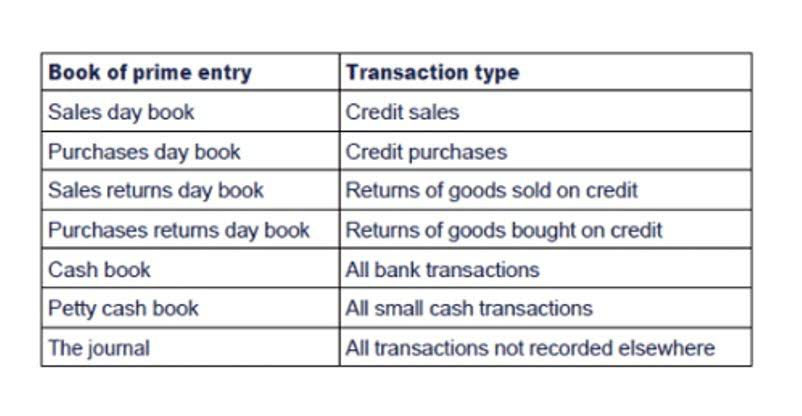
Even normal balance if you choose to implement a Line Item Budget, it may be worth the effort to run an informal Program Budget. This will force you and your leaders to evaluate the necessity of each program, rather than carry them over from year to year. Though we trust God with our finances and future, wisdom demands we prepare the church for emergencies. Next, subtract all of last year’s expenses from the income you just calculated.

Run your church from one place with the tools you need.
When allocating expenses for ministry purposes, consider the specific needs and priorities of each ministry area, as well as feedback from ministry leaders and the congregation. All of our database needs have been more than met, it’s easier to use than the last database we had, and the price is amazing – what a value this has been to our church! All of our staff can use this software and they do regularly. We use it to track…literally anything a church could possibly need to track regarding it’s attenders. Church operations, including facility maintenance, utilities, and insurance, are essential expenses that should be factored into the budget. These costs may vary depending on the size and age of your church building.
Question: What Are The Typical Expense Categories In A Church Budget?
Your first year will likely be a year of discovering how to prioritize them. However, it’s still worth the time to consider what expenses should be top priority and which can be set aside in times of financial strain. Analyze the past few 3-5 years of expenses https://x.com/bookstimeinc at your church and see where you have been spending most of your money. These are likely the highest-priority expenses, ones that you would maintain even in times of financial hardship.
Create a Line-Item Budget

Either of these would be a great way to categorize the retreat center rentals. On the expense side of things, it includes everything your church spends money on, regardless of its purpose. Many people think how to create a church budget tithes and offerings are the only income a church receives, but this isn’t entirely true. These questions get answered when you have a budget that is reviewed and reconciled on a monthly basis. In the end, you want to confidently know your church is financially in it for the long haul.

Most people work for an employer at W-2 jobs where their taxes are automatically take out each pay period. Nonprofits exist to make positive improvements in their community (or however far their impact reaches). They meet needs and raise awareness of issues in our world in ways that lone individuals usually cannot. From ‘fruitless’ dating to financial pressures, people share their views on falling fertility rates. She is currently looking at “the cheapest options” for somewhere to live. She says she’s found renting a one-bedroom flat costs about £1,300 a month, so Kirsty is instead looking at renting a caravan for around £800 a month.

MMBB offers affordable benefit plans…
- Now that you have evaluated your past data, and your present financial health, and made future projections, it’s time to establish some financial goals.
- We are a medium size church and we use Breeze for contributions, member management, event checkin and a few other applications custom to our church.
- It is merely a forecast of what you hope to bring into the church.
- Should your church budget include a faith gap, you don’t want it to be millions of dollars.
- But the whole purpose of creating a budget is to help your church live out its purpose.
A mission-based budget aligns spending with your church’s mission, while a capital budget is useful for managing long-term projects and investments. If you have any building projects in the pipeline, a capital-based budget might be best. After over twenty years of church leadership experience, I’ve seen firsthand that church financial stability begins with the budget. Read THIS to get a solid grounding in this fundamental skill… Because creating a budget involves making projections about future income and expenses, this is a natural time to set goals for your financial future.
Another important aspect of church budget percentages is stewardship and accountability. As a church, we are responsible for managing the resources that have been entrusted to us by our congregation and community. This includes not only monetary donations but also non-monetary resources such as volunteer time and talents. There’s a lot to think about when you’re putting a church budget together, but it’s a vital process for safeguarding your church’s financial future. While expenses may remain in the front of your mind, fundraising, offerings, and tithes are essential parts of your church’s budget.
- One thing to consider in your budget is investment with long-term benefits.
- Effective budgeting, including church budget percentages, is crucial for the long-term sustainability of a church.
- Your church may also own land and buildings, have a large endowment, a money market account for the pastor’s retirement, etc.
- You’re just identifying the main pathways money takes out of your organization.
- Or you could even put it in the “Facilities” category along with your own church building expenses.
After that, the percentage largely depends on your church’s specific expenses. When setting budget goals, it is best practice to create SMART goals that are Specific, Measurable, Achievable, Realistic, and Time-bound. You should also ask your church members to weigh in on what goals you should have as a church. Your members’ input will help decide which programs and expenses should be prioritized. Once you have decided on the type of budget and a list of expenses you must pay annually, you can start creating your budget.